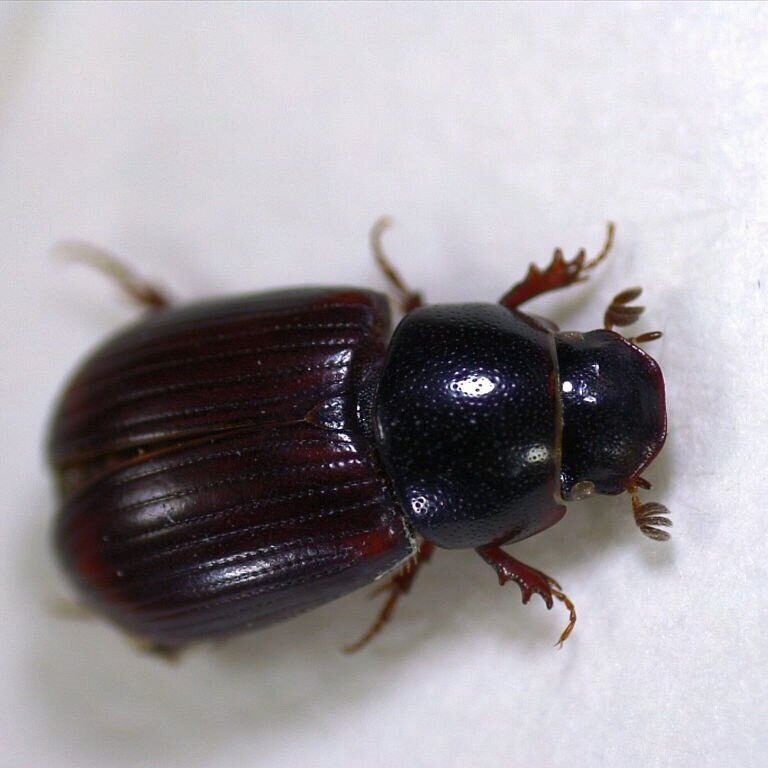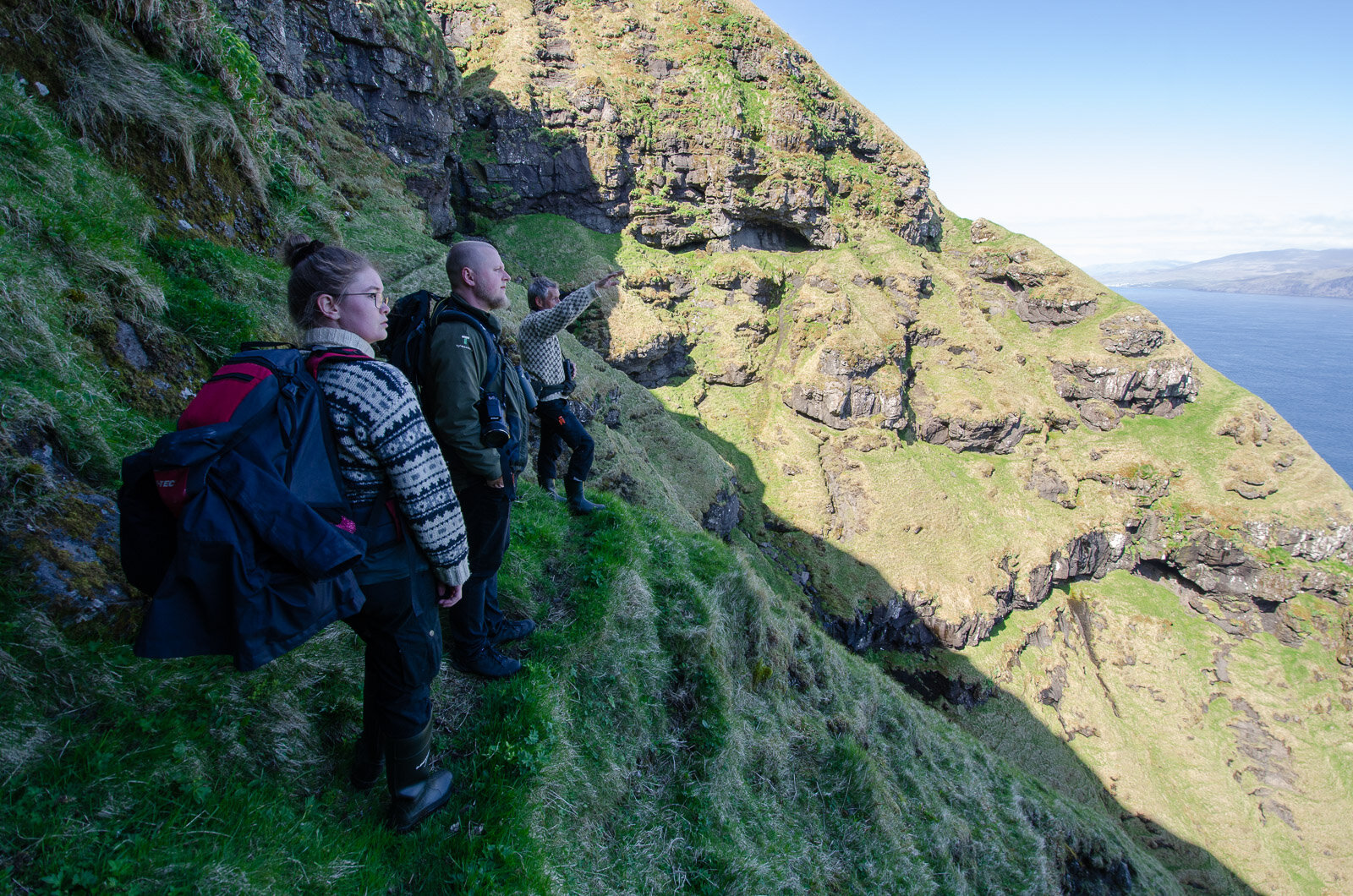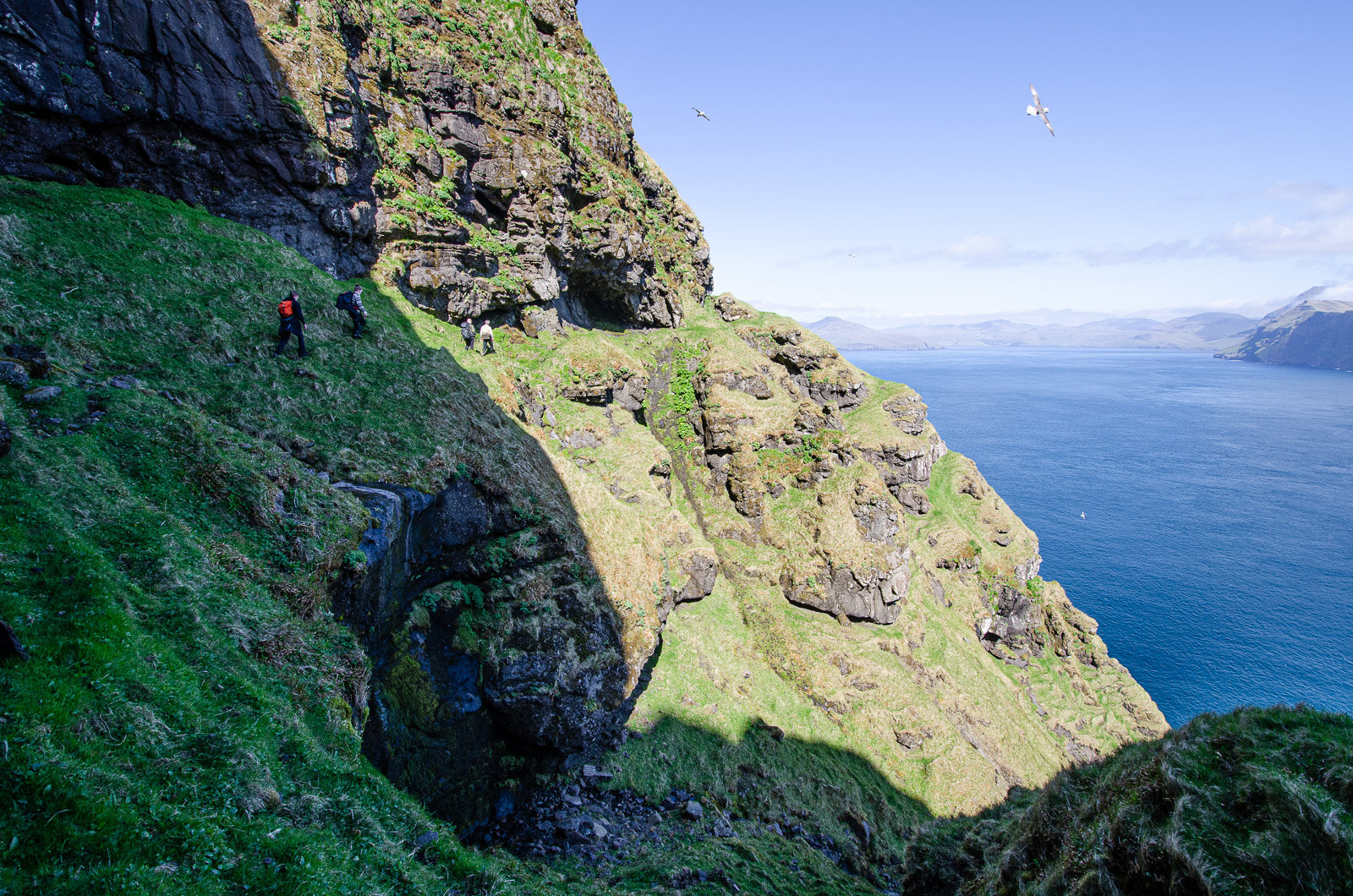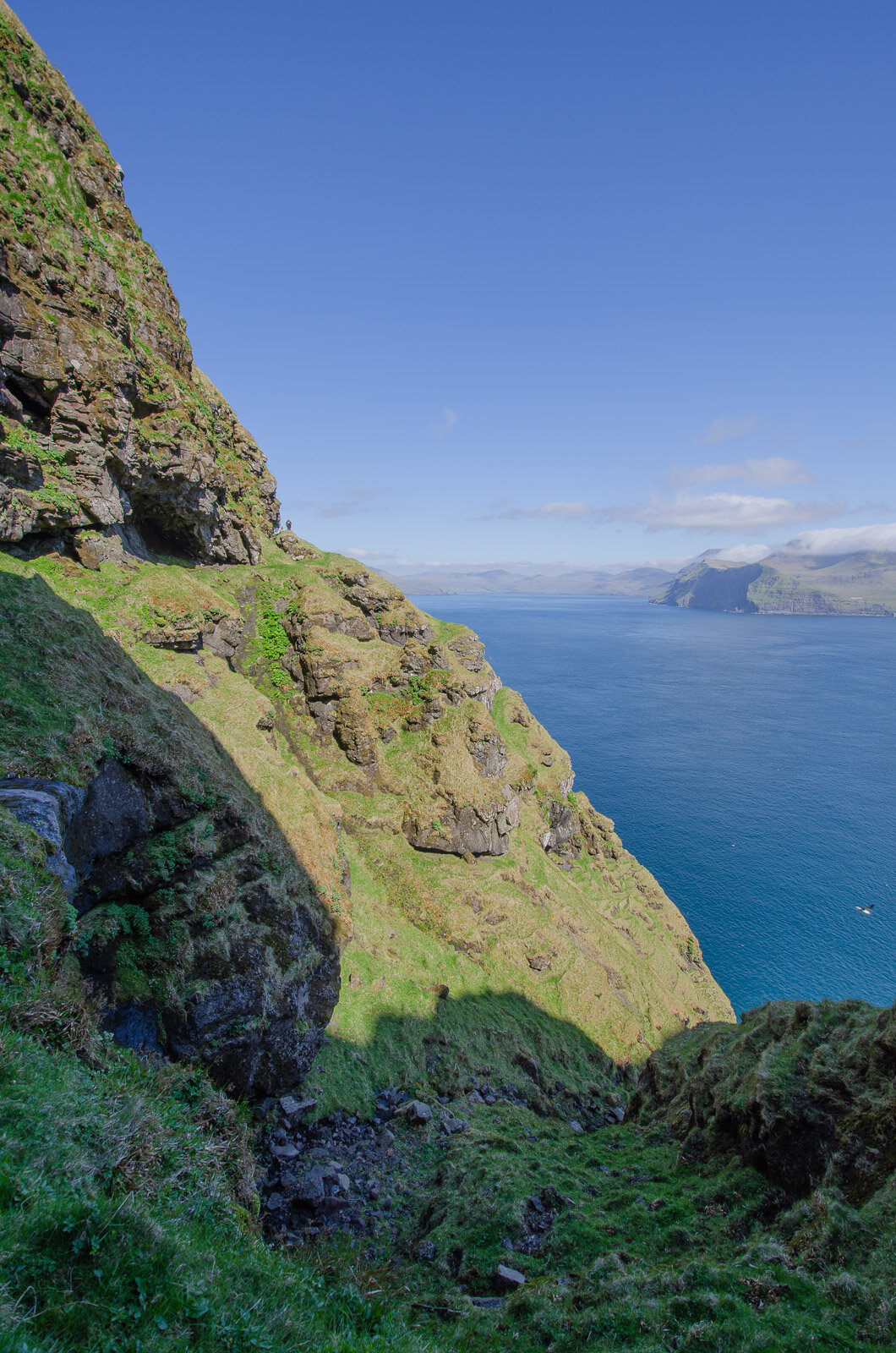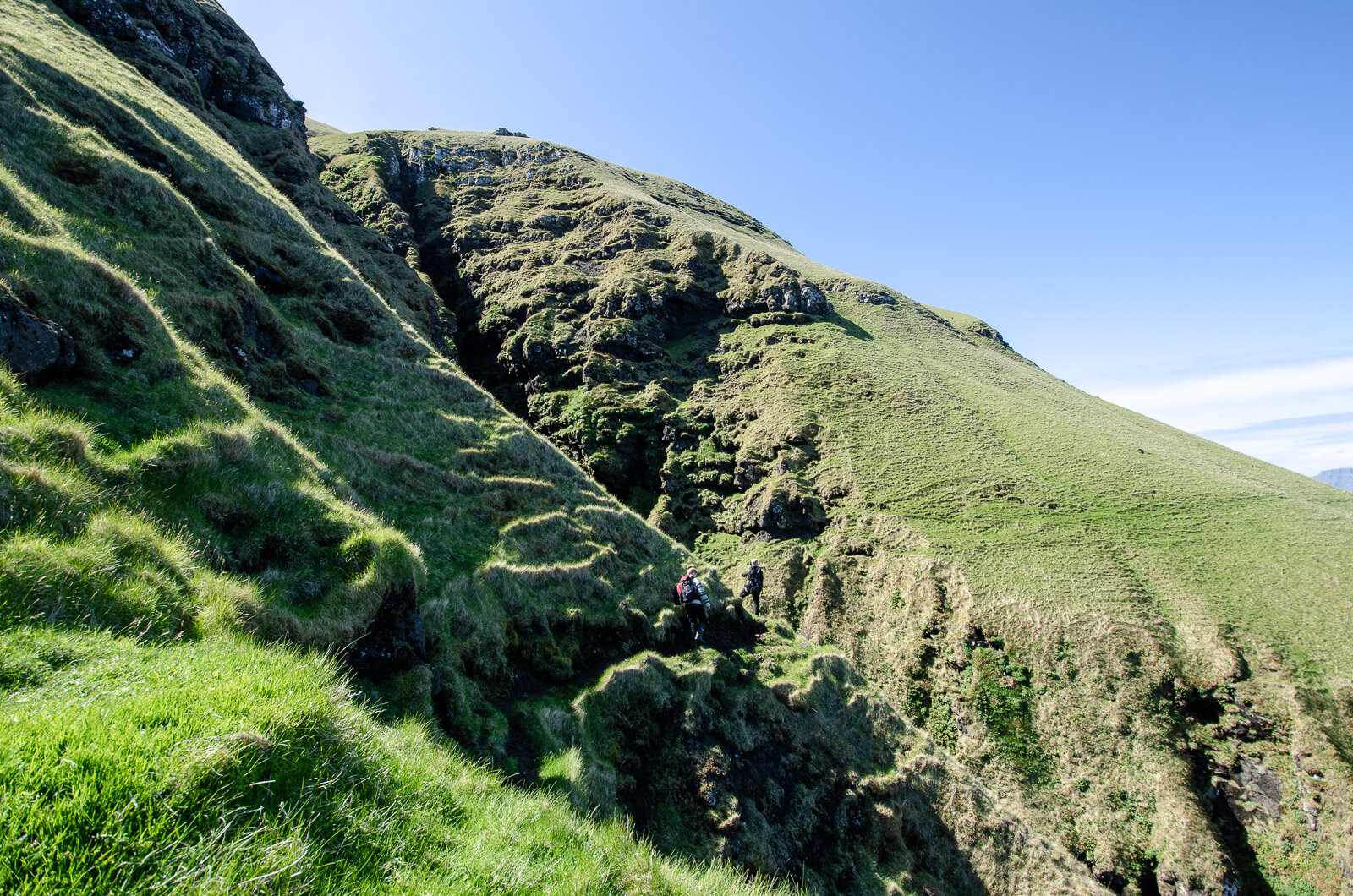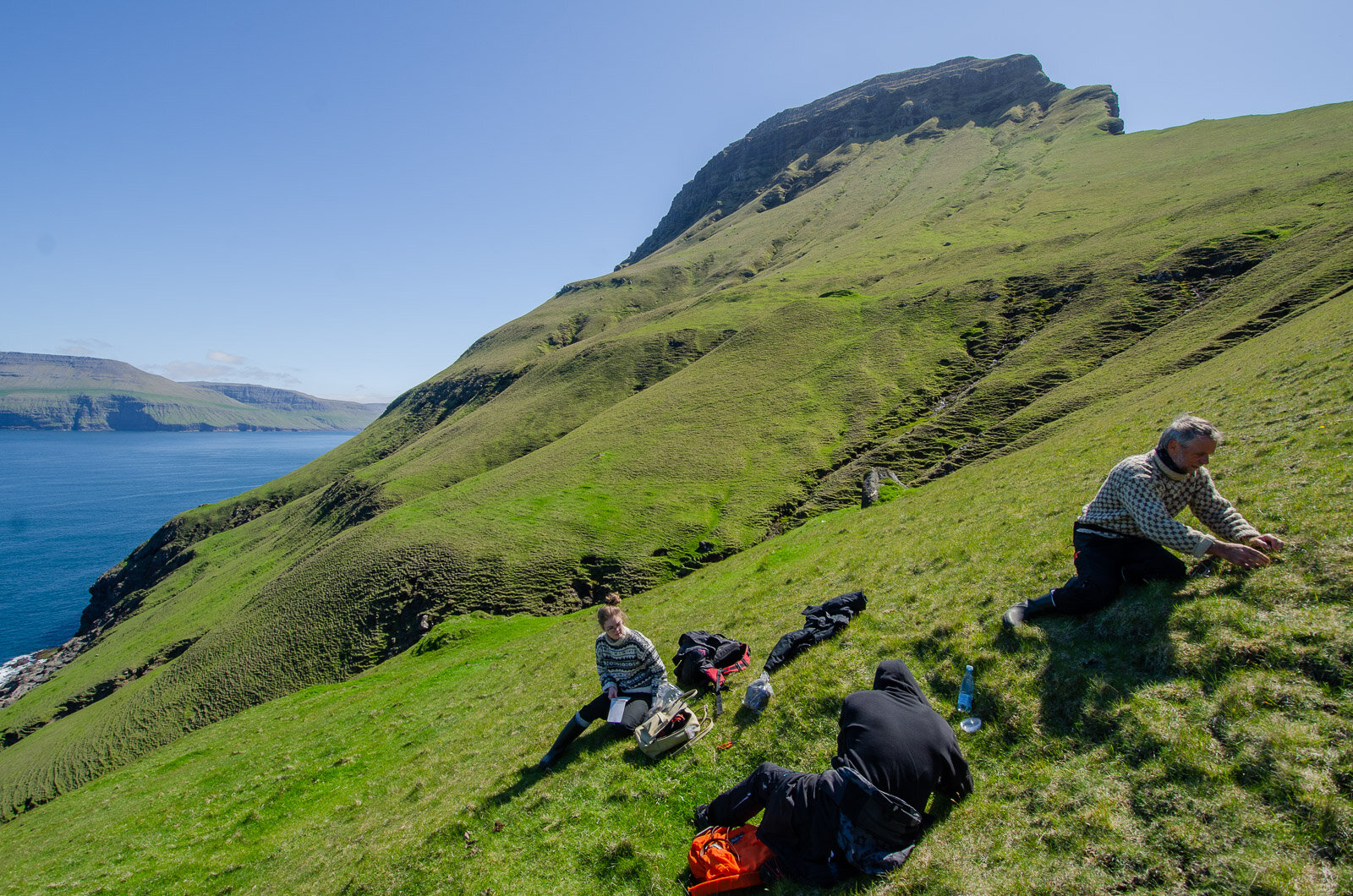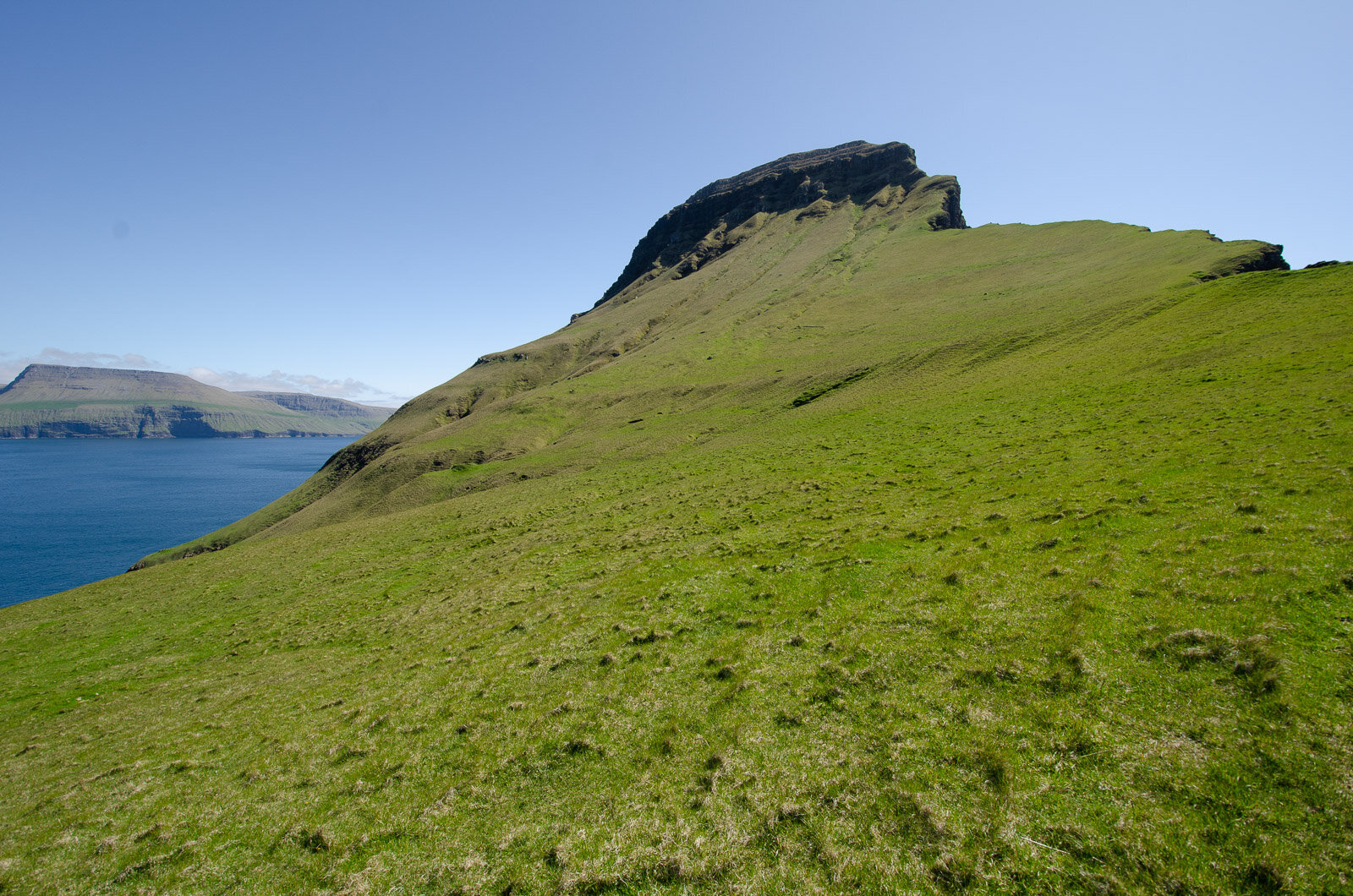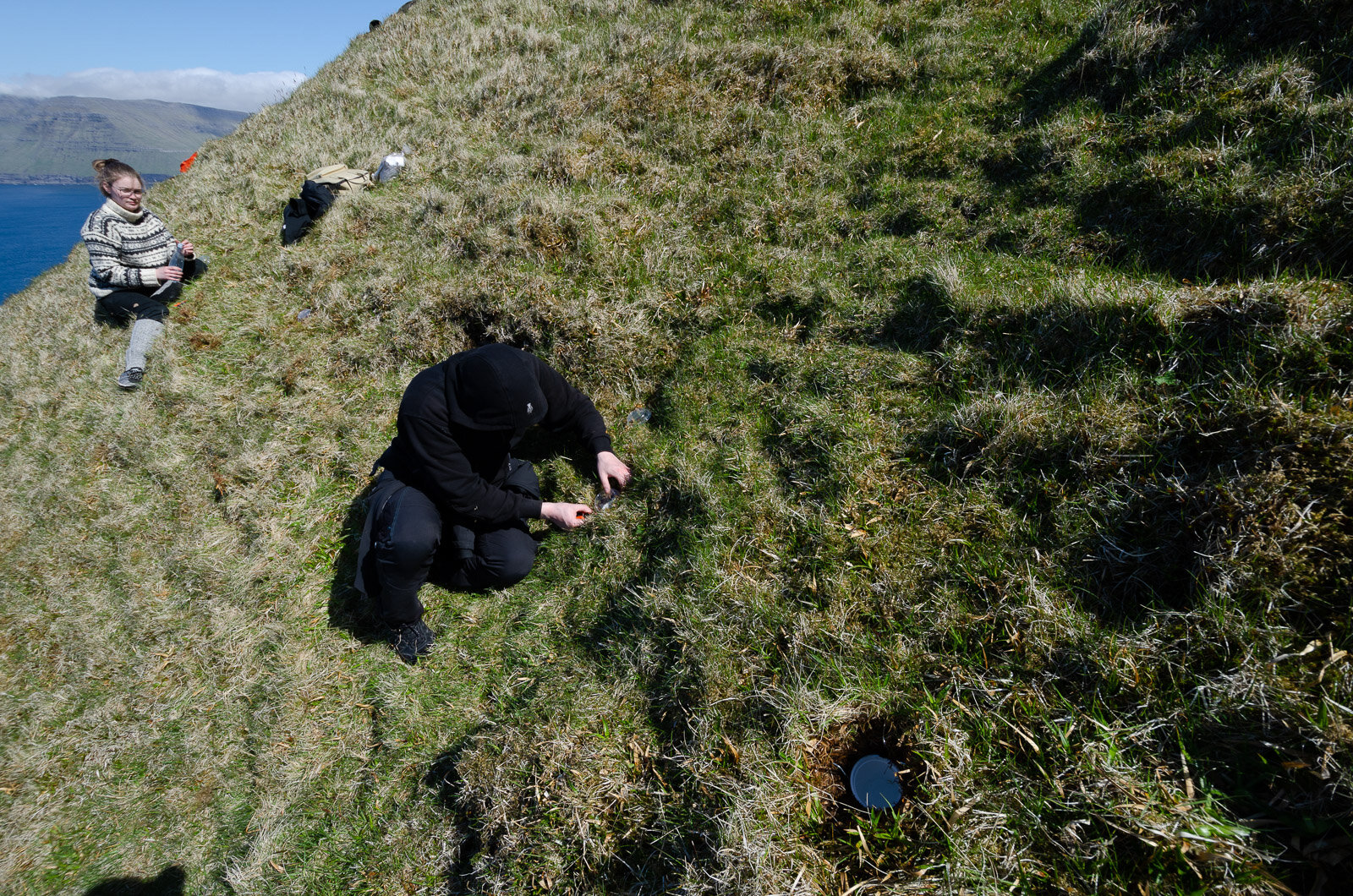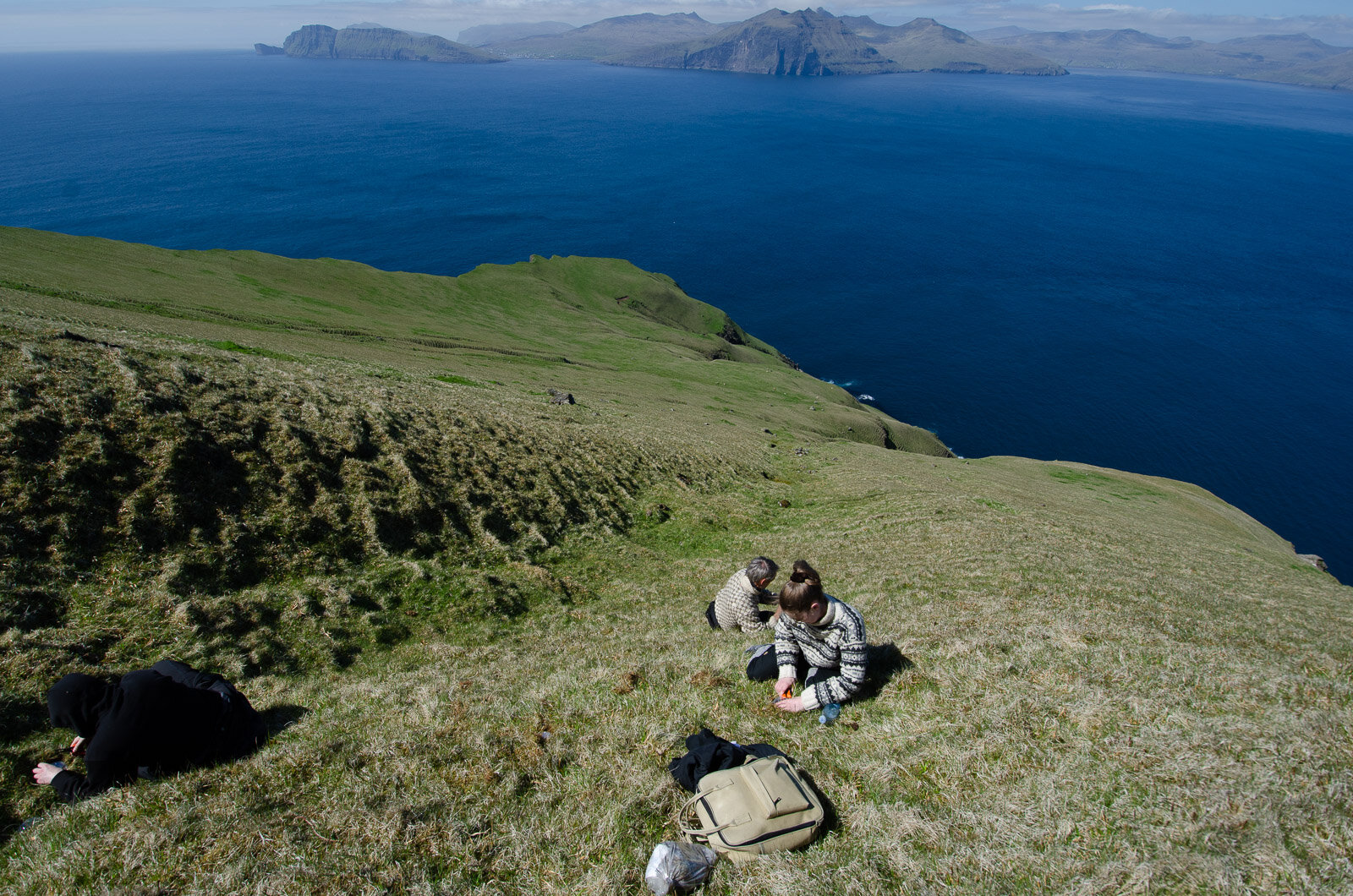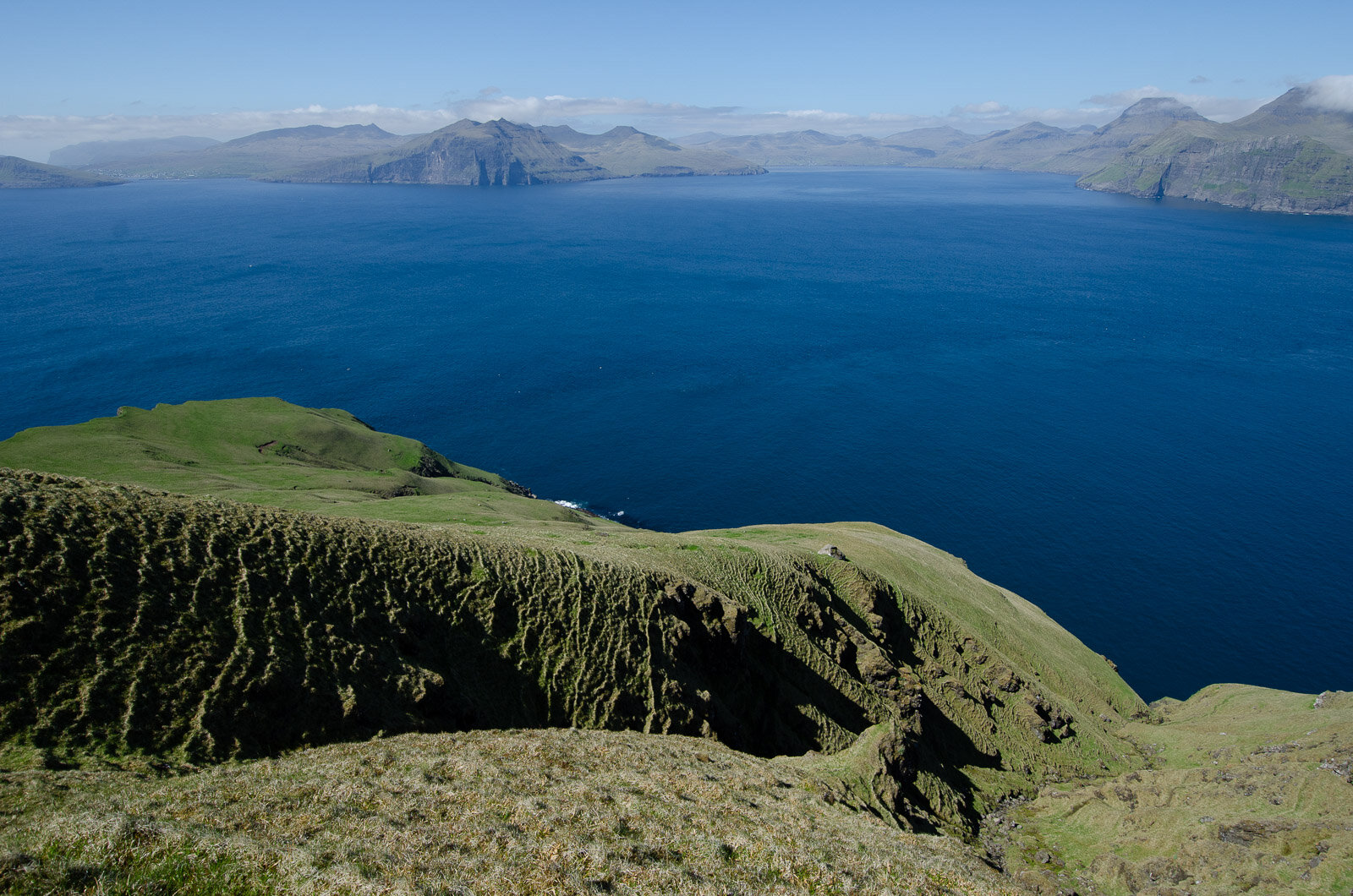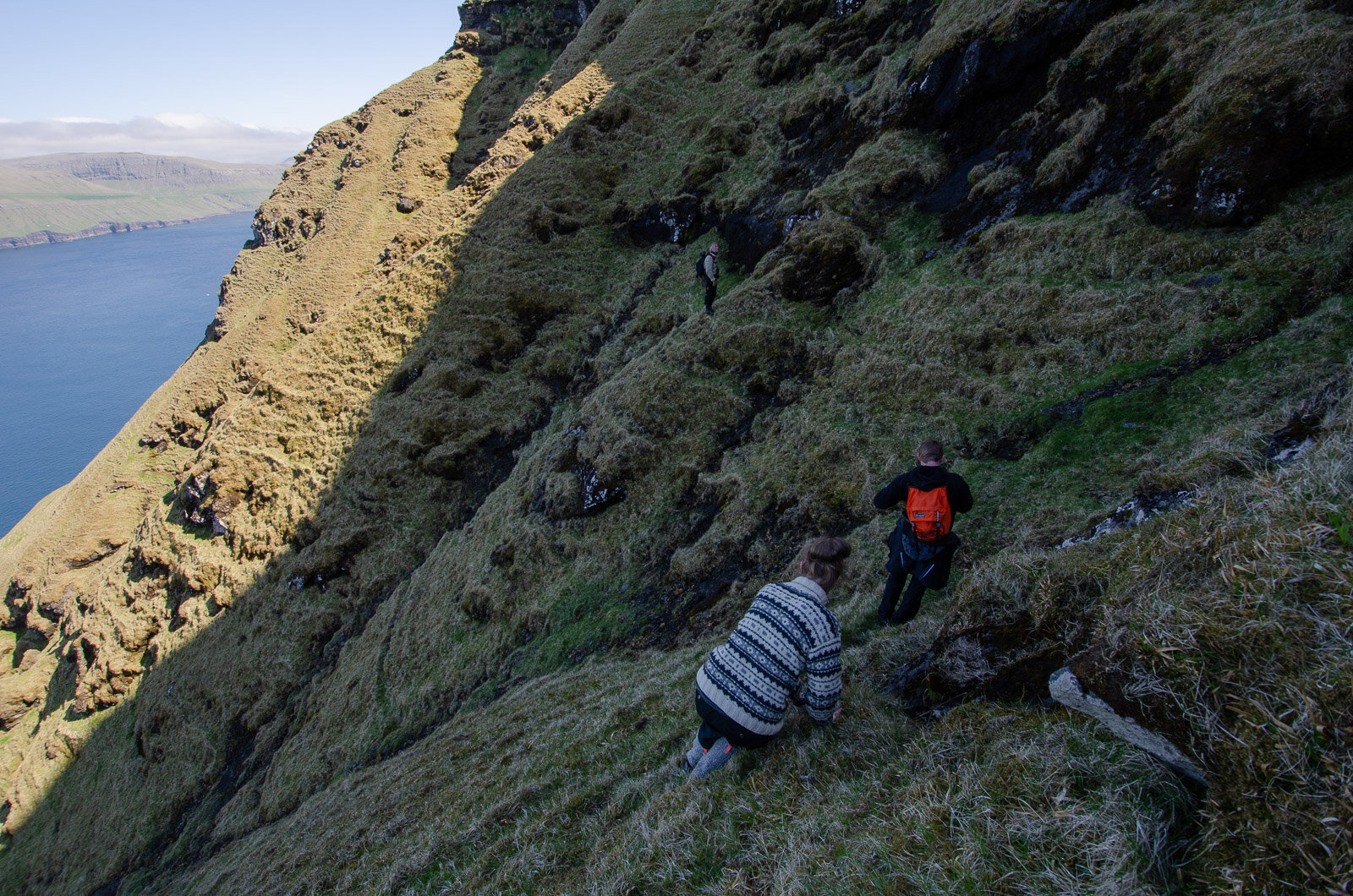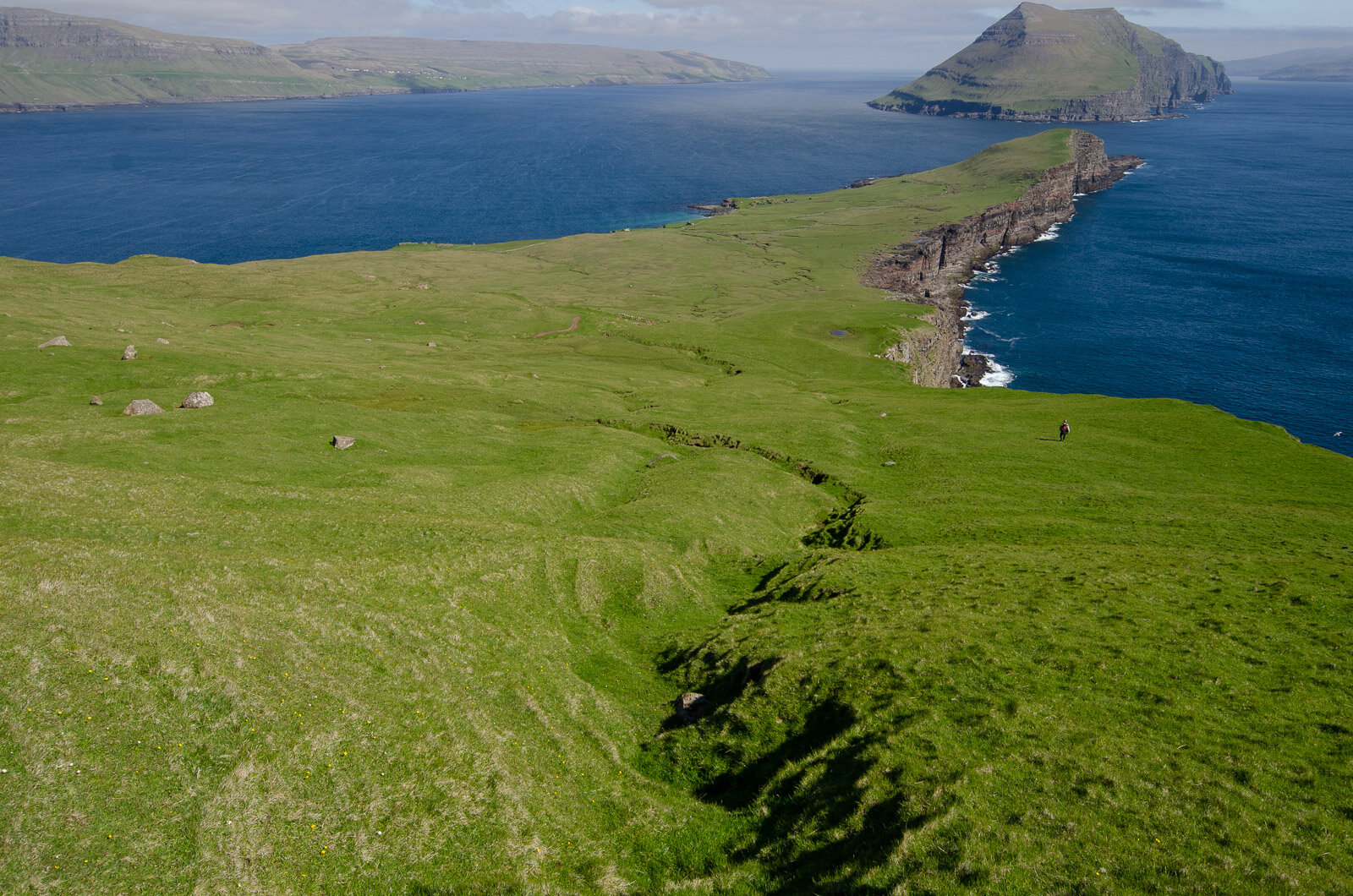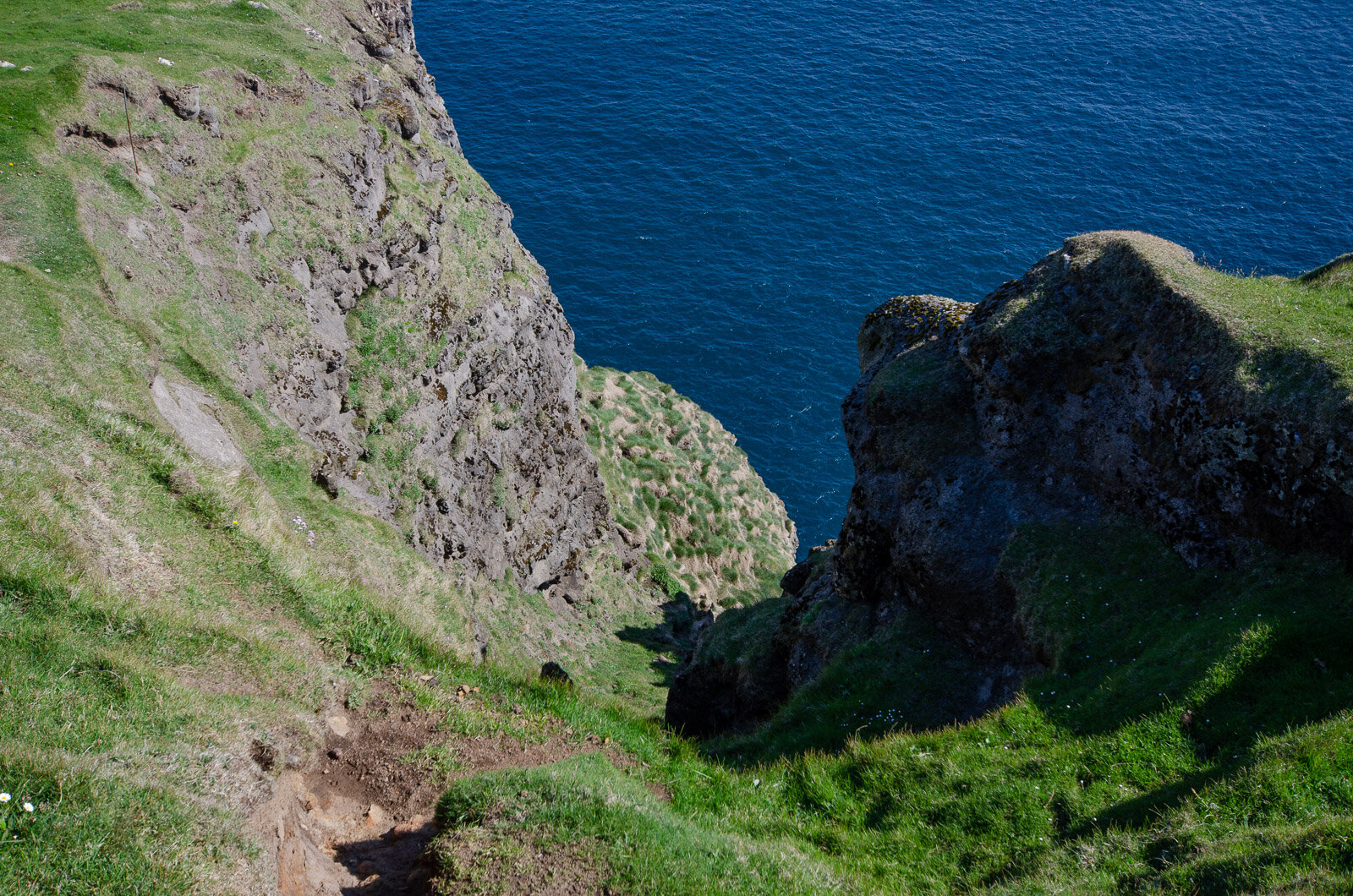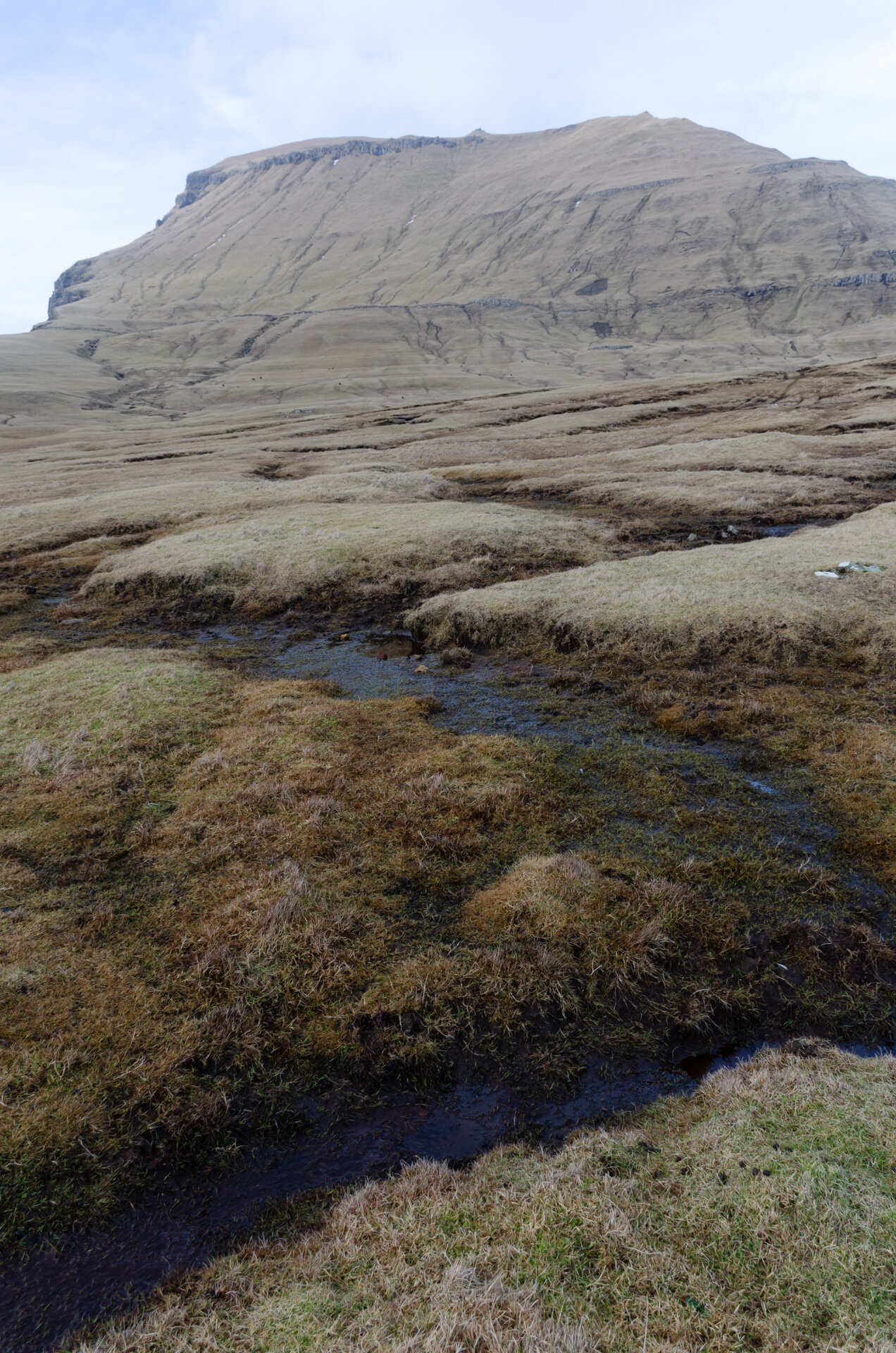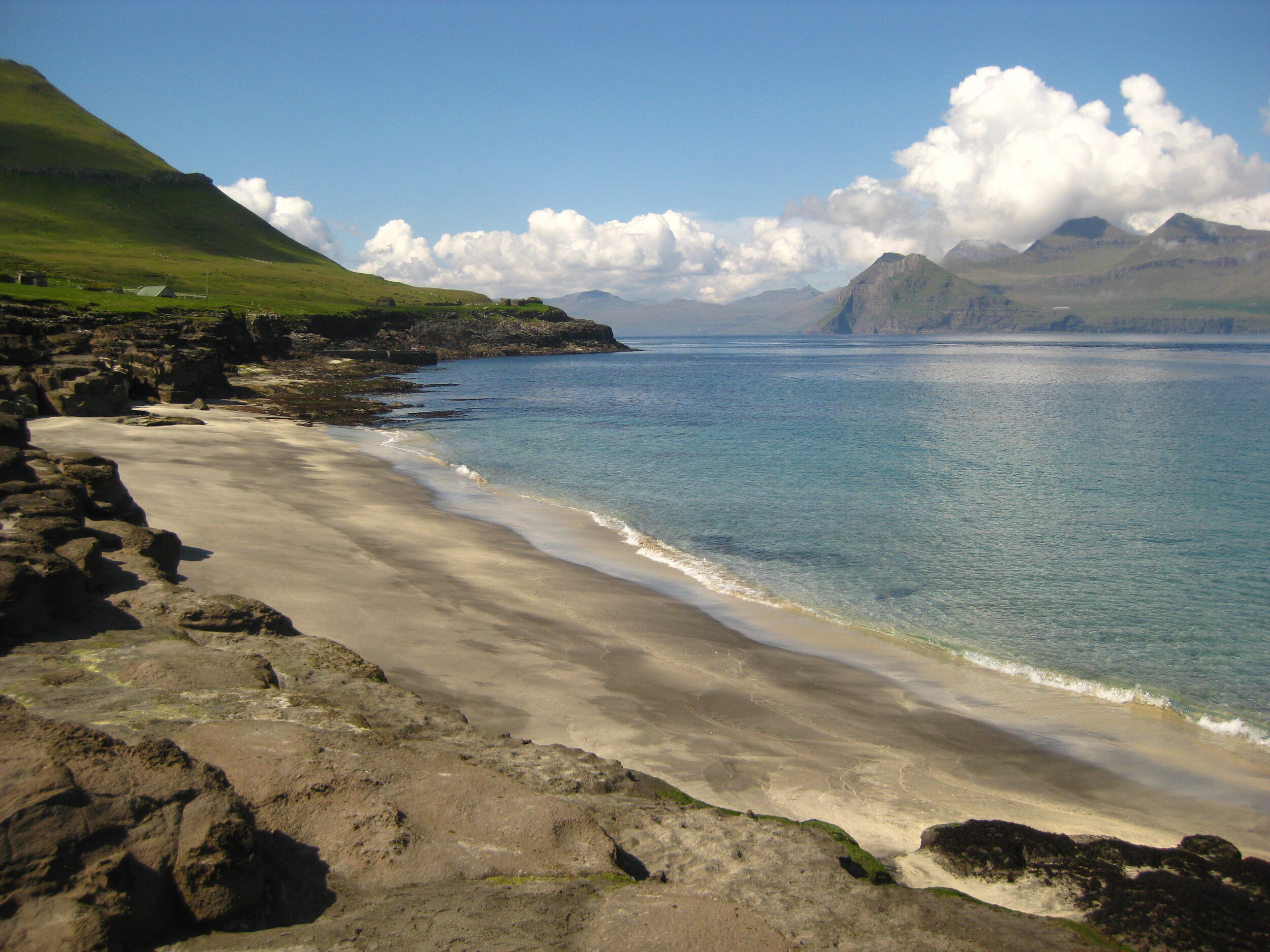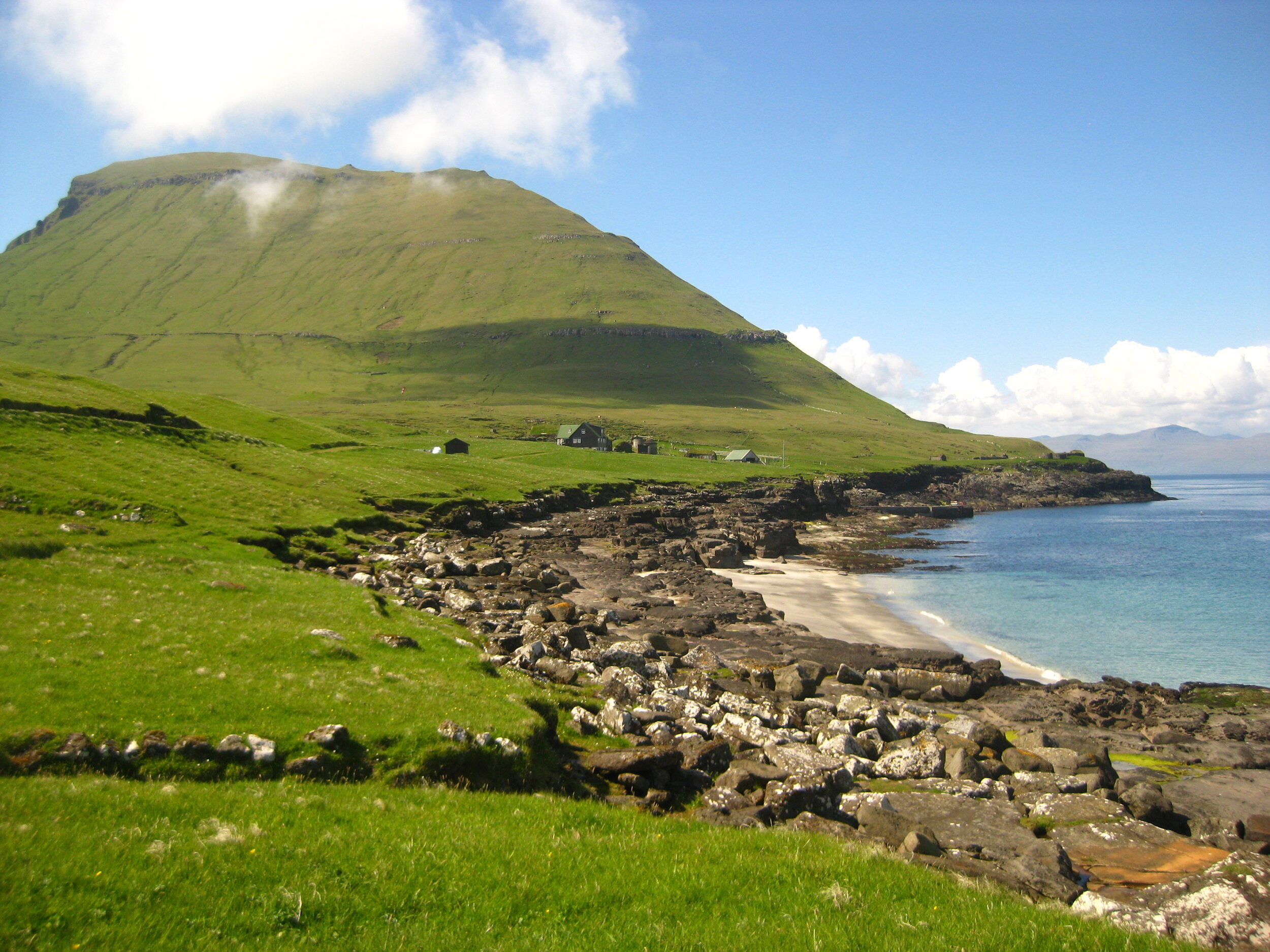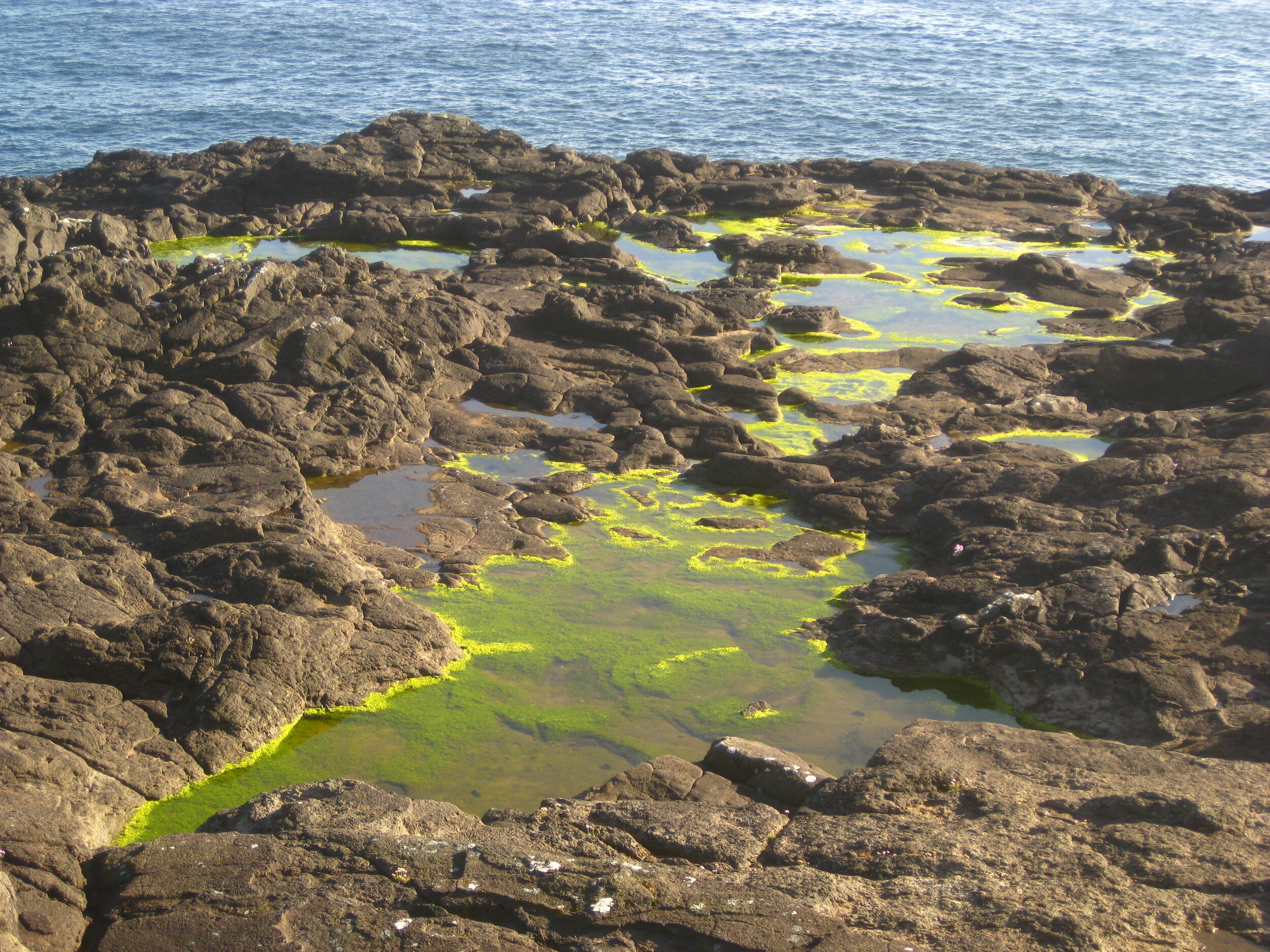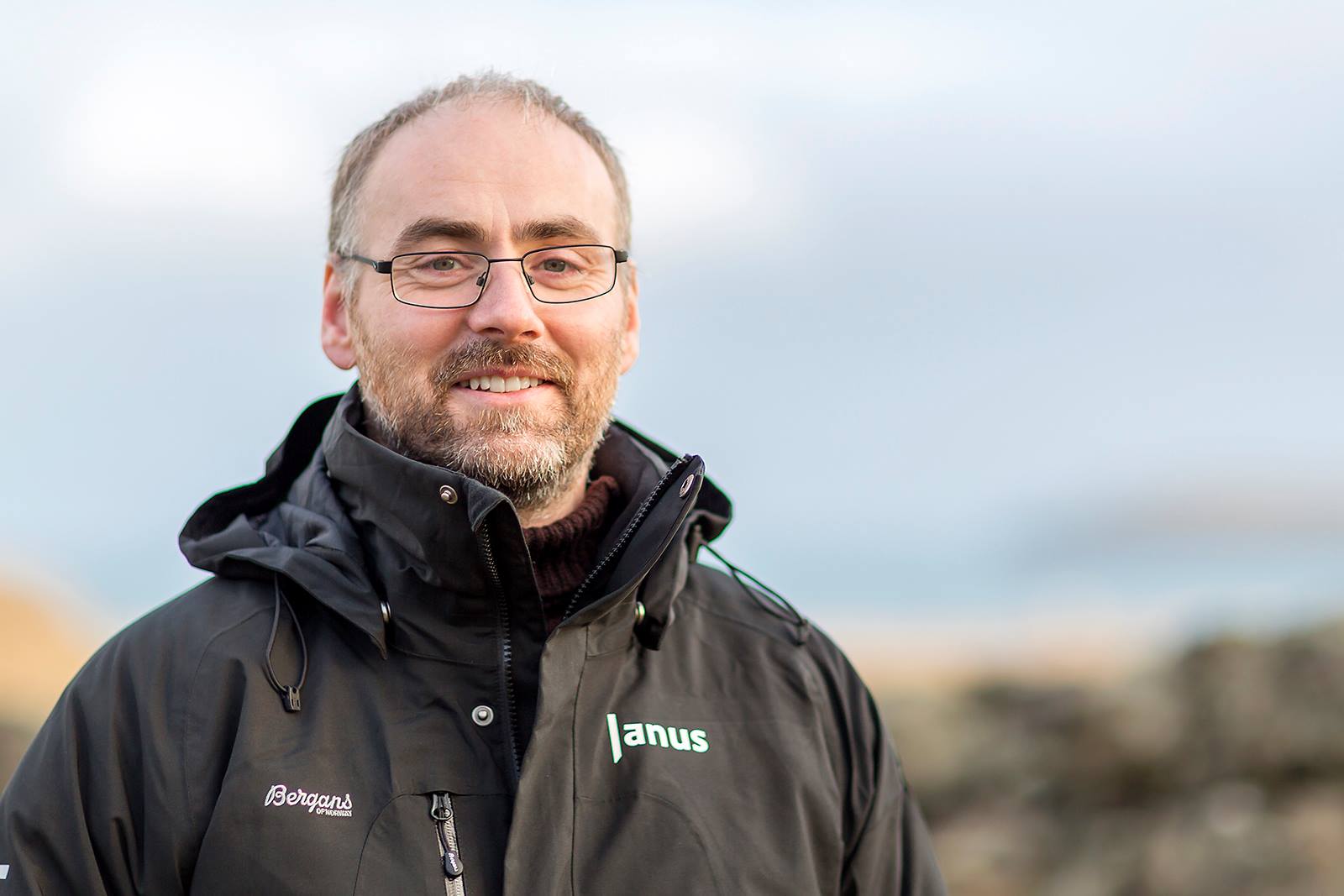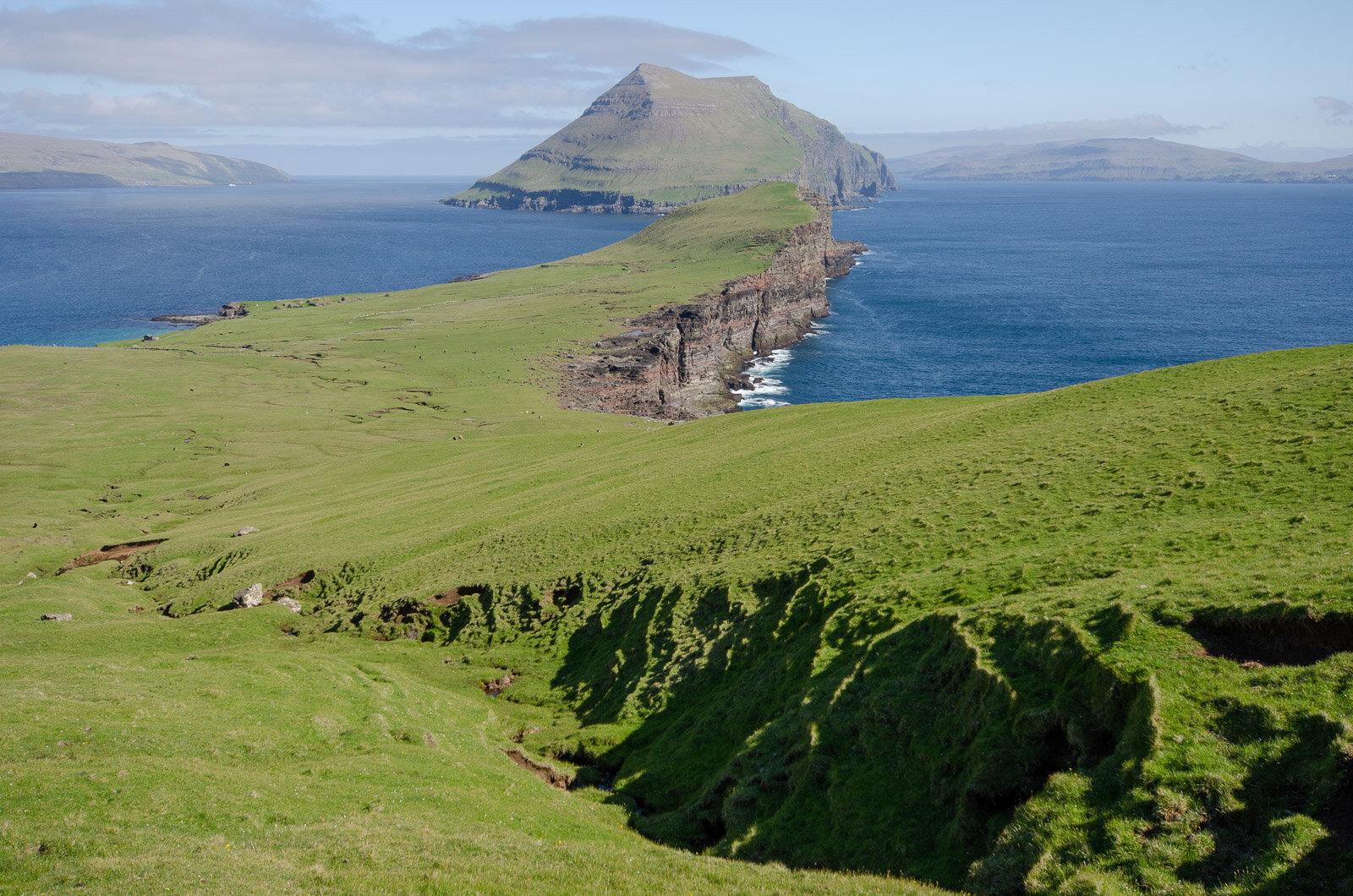
Total species since 2019
Recorded species over time
Latest new additions
COLLABORATION
Toke Thomas Høye
(Aarhus University)
Koltur
Nature Reserve and Research Station
The beautiful island of Koltur is a perfect site for the first nature reserve in the Faroes. It holds unique landscape features and diverse habitats with a high number of species. Few non-native and invasive species are present so far. Due to its rather isolated status, Koltur has been protected against the more industrial part of human endeavours. It gives a good impression of how Faroese people have lived in these remote islands through history and how they have used and shaped their surroundings. Now the time has come to ensure that the Faroese nature is being protected and restored, so that it can be enjoyed by future generations.
Project
In the near future, a nature reserve will be established on Koltur. As a first step towards that goal, Tjóðsavnið is conducting an inventory of life on the island by recording the plant, bird, and invertebrate diversity. This will enable the long-term monitoring of ecological changes, research on species interactions, active nature restoration measures, and the use of Koltur for recreational and educational purpose. The research station on the island will be expanded to facilitate scientists from the Faroes and all over the world.
VEGETATION
The plant diversity on Koltur is high, considering the small island size, and even includes three species appearing on the Red List for the Faroes. Grassland is the dominant vegetation type but a variety of more specialized plant communities is found as well. The Southern shore and the central isthmus are heavily influenced by the sea, and shore vegetation such as sea thrift (Armeria maritima) and spoonwort (Cochlearia officinalis) thrive there. The Northern part with its steep rocky slopes and inaccessible crevasses is home to a lush plant community rarely seen in the Faroes, containing species like roseroot (Rhodiola rosea), wood cranesbill (Geranium sylvaticum), and ferns.
BIRDS
Traditionally, seabirds such as puffin (Fratercula arctica), Manx shearwater (Puffinus puffinus), and fulmar (Fulmarus glacialis) have been harvested as a food source by people living on Koltur. Nowadays, birds are valued as an integral part of biodiversity on the island and no longer as a resource of nutrition. Seabird cliffs are a noteworthy feature on Koltur, but also the grassland sustains bird populations like common snipe (Gallinago gallinago), whimbrel (Numenius phaeopus), and a large Arctic tern (Sterna paradisaea) colony. The stonewalls of the old restored buildings serve as breeding habitat for European storm-petrel (Hydrobates pelagicus) and Eurasian wren (Troglodytes troglodytes).
Due to the absence of predators, birdlife on Koltur can be experienced from a much closer distance than elsewhere in the Faroes.
INVERTEBRATES
The invertebrate communities on Koltur are a good representation of the native Faroese invertebrate fauna. There are few herbivores, and omnivorous and predatory taxa such as carabid and staphylinid beetles, spiders, and harvestmen dominate on the ground. Flies are the overwhelming majority of flying insects, both in terms of abundance and number of species. Koltur is special in that it has not yet been occupied by invasive invertebrate species such as the New Zealand flatworm (Arthurdendyus triangulatus) and the Spanish slug (Arion vulgaris), thus supporting supposedly intact native invertebrate communities.
RESEARCH STATION
Currently, Koltur Research Station is located in the restored stone house Niðri í Húsi. It can accommodate up to four researchers at a time and is equipped with the basic facilities needed to conduct fieldwork.
We welcome collaboration partners and applications for research projects.
Koltur facts
Area: 2,30 km²
Skerries: 5
Mountains: Uppi á oyggj (477m) and Fjallið (101m)


![au_standard_logo[1].jpg](https://images.squarespace-cdn.com/content/v1/5a324dd7bff200354f98f1e9/1624903840769-C13LBOODWX0YB36N3M5T/au_standard_logo%5B1%5D.jpg)


